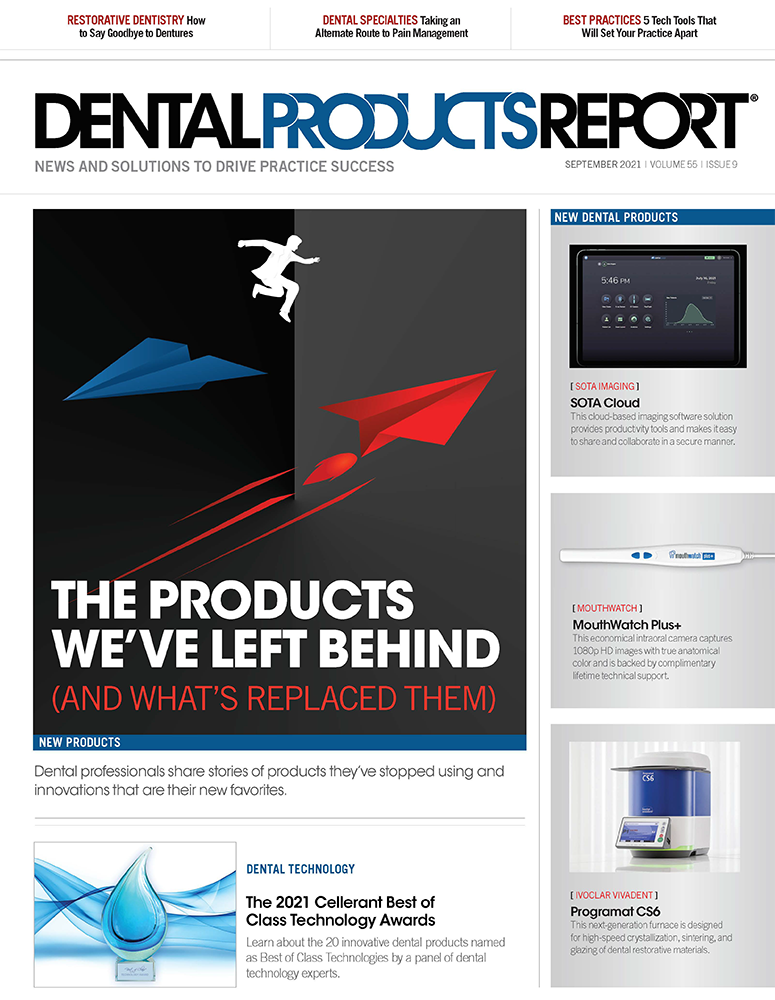3 Misconceptions About Cloud-Based Technology
Cloud-based systems and client-server configuration each have pros and cons in the dental practice.
©kras99 / stock.adobe.com

The technology landscape in dentistry changes on a regular and often very rapid basis. As an information technology (IT) systems integrator, I get questions daily about a multitude of issues. One of the most frequently asked questions is from practices that are switching their practice management software and want to know whether they should move to a cloud (web)–based system or stick with a more traditional client-server configuration.
There’s no perfect answer to this question, just as there is no perfect software system. Although I believe that both systems have their advantages and disadvantages, one of my concerns when it comes to the cloud systems is that the sales representatives often are not familiar enough with overall IT or HIPAA laws to provide accurate information. I think that a cloud-based system is an excellent choice for some practices, especially those with multiple locations or with staff who work remotely. But I wanted to do a fact-check of some of the common misconceptions I hear about cloud-based systems.
Misconception: You Don’t Need a Server
The beauty of cloud-based software is that data are not on your server—data is on their servers. In theory, if all the data is off-site, then you do not need a server in your office. However, there are 2 problems with this line of thought. First, although most of your data may reside in the practice management software (PMS), it’s extremely rare to find an office with all of its data in the PMS. HIPAA defines ePHI (electronic protected health information) as any data that include at least 1 of 18 different identifiers, such as patient name, date of birth, chart ID, address, and photos. Emails, images, spreadsheets, Word documents, QuickBooks, Invisalign…each of these usually contains ePHI and, as such, must be treated with HIPAA in mind. Part of HIPAA states that you must be able to audit and log who accessed this data, when, what they did with it, etc., which is significantly easier to do when you have a server running a server operating system.
The other reason that the off-site data solution may not be compliant is that most computers and software use what’s called caching, where data is temporarily stored on your computer in memory so that you can access it much quicker the next time you need it. Those cached data often remain there until you reboot the computer. So even though the source of the data may be a cloud server, if it’s also saved on your local computers, even temporarily, then HIPAA concerns still exist.
Misconception: It’s Less Costly
In many cases, this isn’t true, partly because the claims of not needing a server are inaccurate. In almost every case, the monthly cost for a web-based software is at least 3 to 5 times the typical cost that client-server software companies charge for monthly support and can be even more if you add options such as patient reminders or imaging. You also need to add in the cost of broadband access to make this work, and many offices get backup internet access in case their main provider is down.
Misconception: You Don’t Need IT Support
As an IT provider, I’m obviously biased, but in my experience, this is never true. Most offices that have a cloud-based PMS also have multiple other software systems. Getting these systems to integrate initially and maintaining that seamless integration requires a lot of effort. Not only do most offices still have ongoing support issues related to their on-premise software, but they need to ensure that the internet is running 24/7, install and test a backup internet connection, juggle the needs of data and Voice over Internet Protocol phone systems, and more.
Every solution has pros and cons. Although there are many good cloud options for dental practices, dentists should know exactly what they are getting into and take the time to evaluate any promises made by the software companies before committing.
